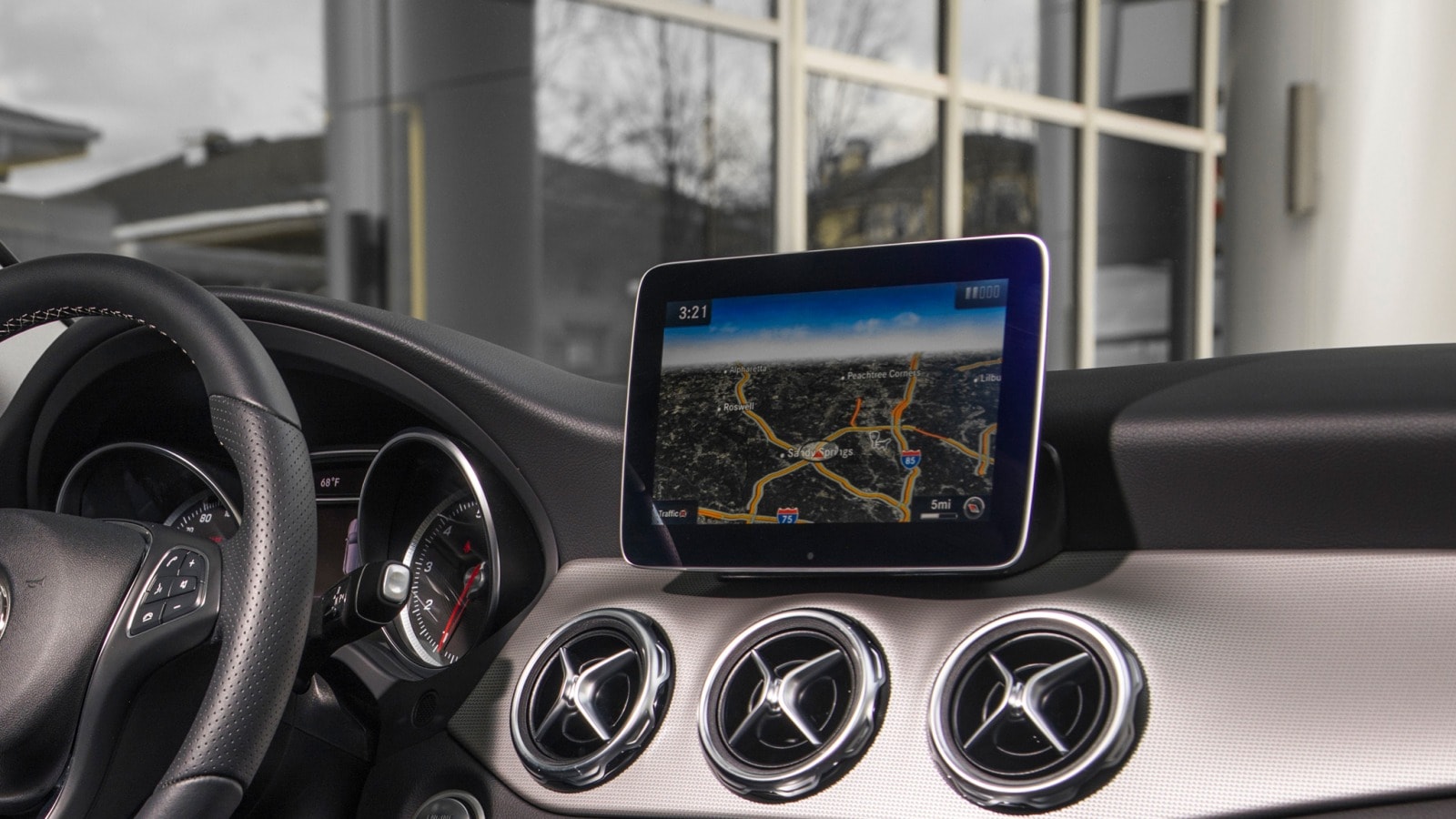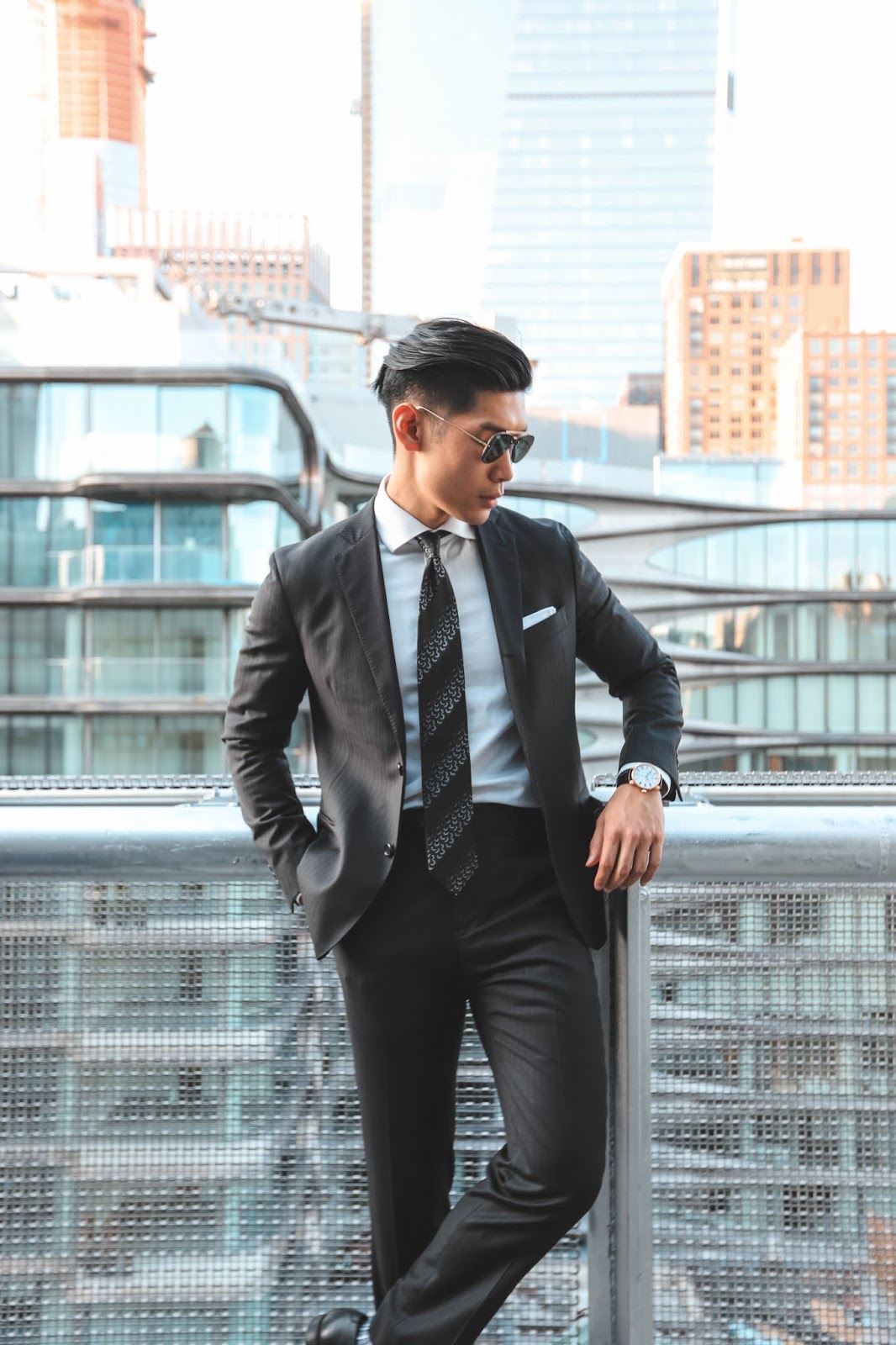In the modern workplace, the traditional suit-and-tie uniform has given way to a more relaxed yet still polished attire known as “business casual.” While this dress code offers men a bit more sartorial freedom, navigating its nuances can be tricky. Striking the right balance between professionalism and comfort is key. So, let’s delve into what constitutes business casual for men and how to master this versatile dress code.
Table of Contents
Understanding Business Casual
Business casual attire sits comfortably between the formal business attire and casual wear spectrum. It blends elements of traditional business wear with more relaxed, comfortable clothing. The goal is to look professional while allowing for greater flexibility and personal style expression.
Key Components
1. Shirts
Opt for collared shirts such as button-downs, Oxford shirts, or polo shirts. Solid colors or subtle patterns work well. Avoid overly flashy or graphic designs.
2. Pants
Choose trousers that are tailored and well-fitted. Chinos, dress pants, and wool trousers are all suitable options. Stick to neutral colors like navy, grey, or khaki for versatility.
3. Footwear
Leather shoes are the go-to choice for business casual. Oxfords, loafers, and derbies are all appropriate. Keep them clean and polished. Sneakers and sandals are generally too casual for this dress code.
4. Blazers/Sport Coats
While not always required, a blazer or sport coat can elevate your business casual look. Opt for lightweight fabrics like cotton or linen for added comfort. Navy and grey are classic choices that pair well with various outfits.
5. Accessories
Accessorize thoughtfully with a belt that matches your shoes, a watch, and subtle jewelry if desired. Avoid overly flashy accessories that distract from your professional image.
Dos and Don’ts
Dos:
- Do invest in quality pieces that fit well and flatter your body type https://germanstory.de/.
- Do pay attention to grooming. Keep your hair, nails, and facial hair neatly groomed.
- Do consider the culture of your workplace when interpreting the dress code. Some companies may have stricter or more relaxed standards.
- Do experiment with layering to add interest to your outfit while maintaining professionalism.
Don’ts:
- Don’t wear clothing that is too tight, too baggy, or wrinkled.
- Don’t show too much skin. Avoid overly short shorts or shirts unbuttoned too low.
- Don’t overdo it with casual elements like jeans, hoodies, or graphic t-shirts.
- Don’t forget about the importance of footwear. Wearing scuffed or inappropriate shoes can detract from an otherwise polished look.
Conclusion
Mastering the art of business casual dressing requires a keen understanding of the dress code’s components and a sense of style. By selecting well-fitted, quality garments and paying attention to grooming and accessorizing, men can effortlessly navigate the fine line between professionalism and comfort. Remember, when in doubt, it’s always better to err on the side of overdressing rather than underdressing. With practice and attention to detail, you’ll exude confidence and style in any business casual setting.





_3-6.jpg)




